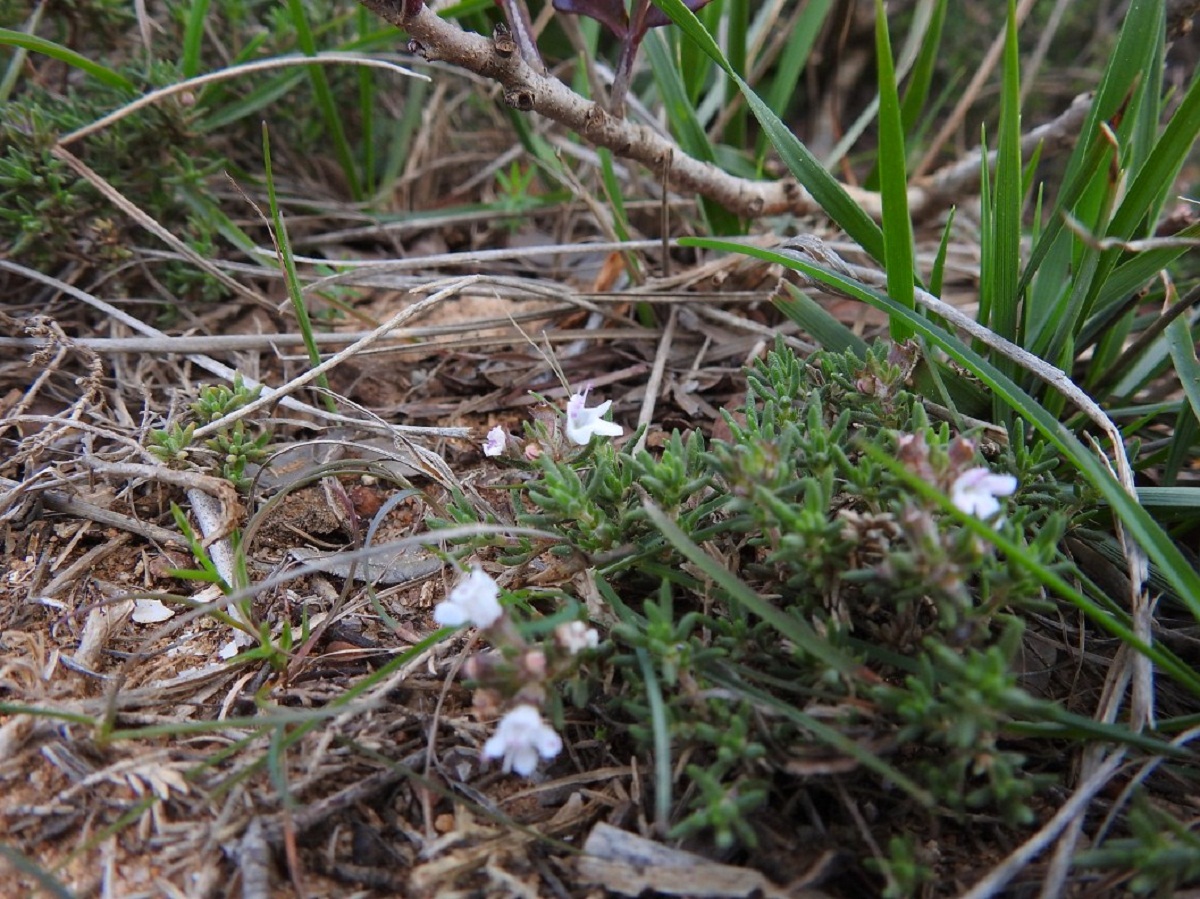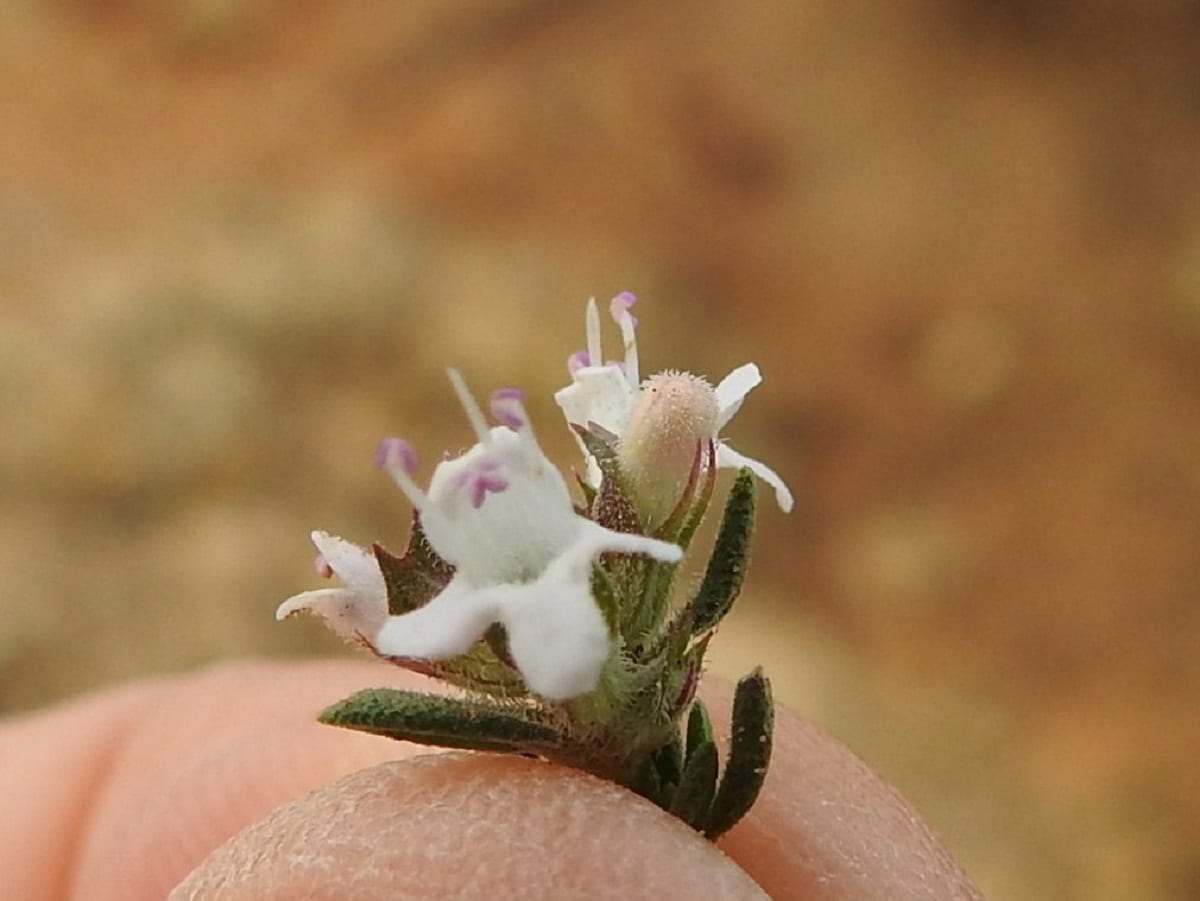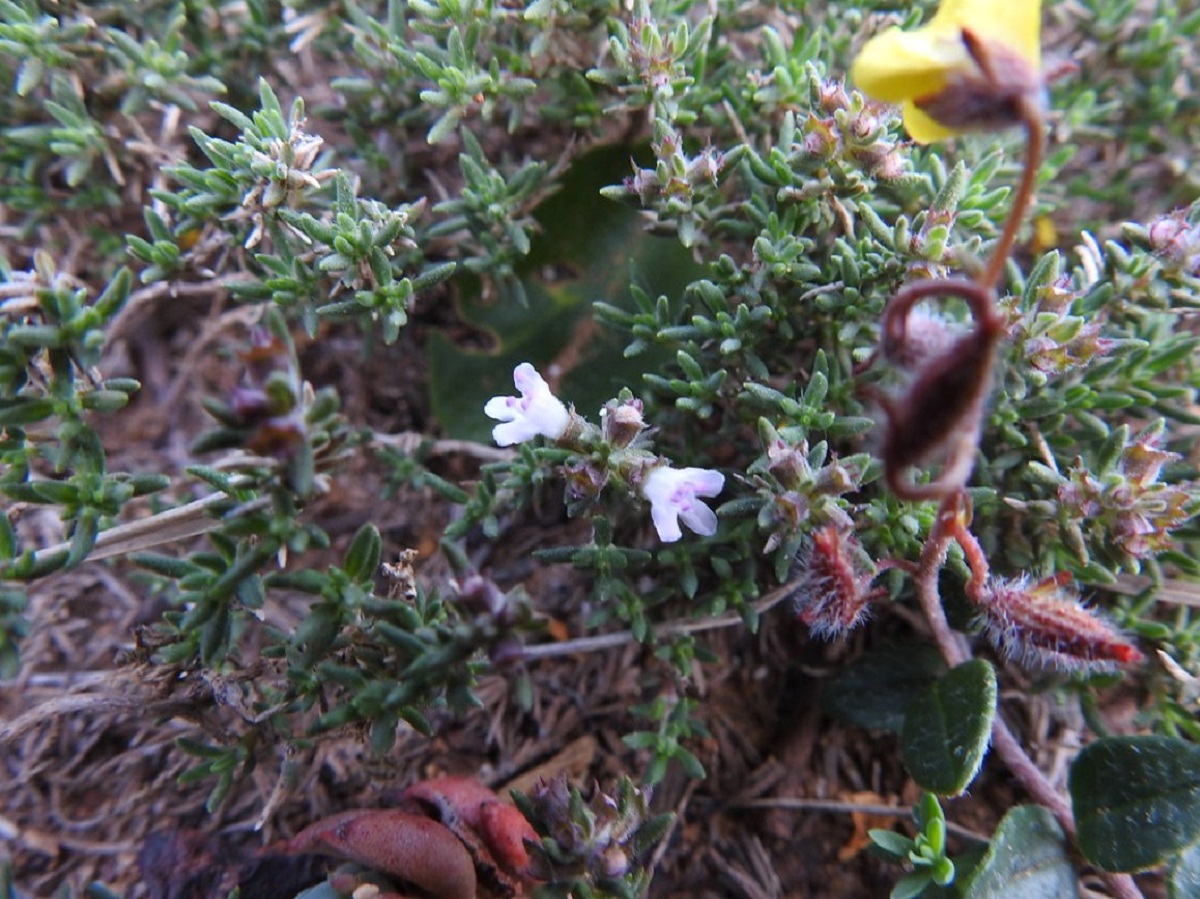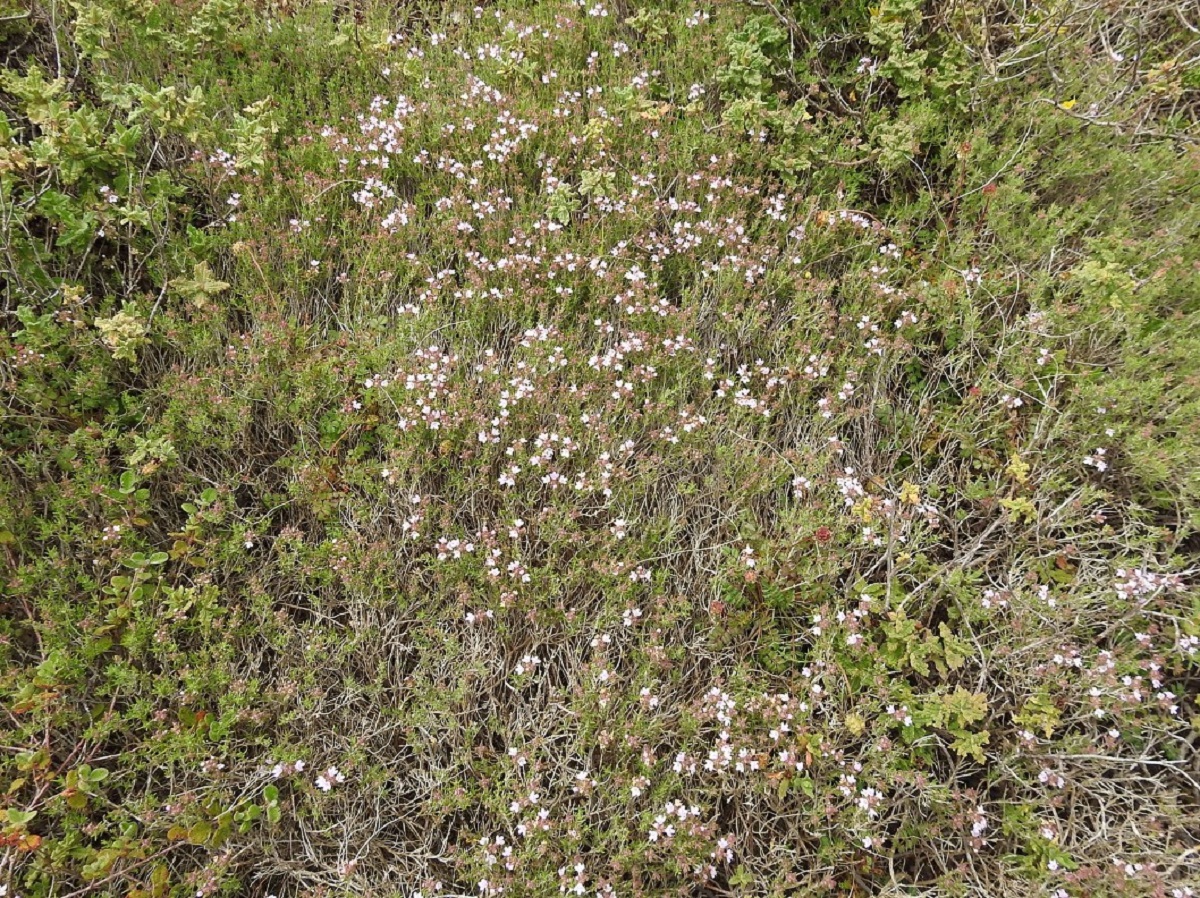
thymus zygis,es the first time you hear or read this name and it seems unpronounceable? Don't worry, it happens very often. Luckily it is also known as salsero thyme or olive thyme. Two names that are much more practical to pronounce and use.
But this is not the case. The situation is that this plant is the simplest and most basic but that if you manage to have them in one place and plant many of them, your garden or any other place in your home will naturally look very well decorated.
Salsero thyme general data

It has characteristics of both a perennial plant and a shrub. But despite this, its size is not as high as other species, since in general, it usually reaches only 30 to 40 cm high.
Its appearance is quite rustic despite being an ornamental plant. It has very small flowers which are pollinated by some insects, and it is for this cause of pollination of different animals that there are many variations of the thyme.
As for its origin, this comes from the south and southeast of Spain, and thanks to its adaptability characteristics, it can be found both wild and wild in much of the Spanish territory.
Features thymus zygis
The most remarkable thing is that it is a plant with a Mediterranean background. But that can be easily found in territories of Spain and other European countries. Although this does not limit the plant to be found in other parts of the world.
Adaptability to the environment
As such, salsero thyme is highly adaptable to hot climates, the truth is that you would be surprised of the hot places where it can grow. It can also withstand some mild winters.
Thus, it can be said that its great ability to adapt to high temperature environments It allows you to grow in a place that other plants cannot grow. Even its ability to grow is so incredible that the soil will not be able to have many nutrients or be completely infertile, the plant will somehow manage to grow.
Visual aspects
The plant at a general level does not have large features that make it stand out. It does not have showy flowers, much less colorful or large leaves. Everything is quite small and simple, which does stand out a lot thanks to the aroma that the plant itself gives off.
As far as its leaves are concerned, it does not exceed 8 mm in length or have more than 1 mm in width. Its color is grayish green and on the other hand it has a peculiar white hue.
On the other hand, the flowers are very small of a white color. The plant itself has its flowering between May and July, so it can be said that you will see it bloom in late spring and early summer. A curious fact is that the characteristic and pleasant smell of the plant can only be perceived during the beginning of summer.
Care

The climate
How could you have deduced the growth of this plant occurs better when the environment and the environment They are very similar to the Mediterranean. But on a general level, it can adapt to almost any warm environment and even withstand low temperatures, but not as much as those that can be recorded during winter times.
If you have them in an environment where the ambient temperature is 7 ° C, your plant will not go through any problem. Of course, as long as the environment where you have them is dry and with low humidity, you will have a beautiful plant growing in your garden. You just have to make sure to avoid puddles.
Soil
The plant adapts easily to sandy soils, those where another plant cannot grow and liveYou can even have it in a field where there is a lot of calcium and plaster. This will not be a problem for this particular thyme.
If you intend to grow them in pots or any other container, you can use universal substrates without any problem. But make sure it contains a certain percentage of perlite, sand, peat and that it has good drainage when you go to pour water on it.
Irrigation
As for watering, you have to give a considerably low amount to the plant once or twice a week. Keep in mind that its dimensions they are not as wide as other bush-type plants. So using too much water may not be beneficial.
Of course, the irrigation will not always be the same. For example, during high temperatures or in summer, it is advisable to water them a couple of times a week, three at most. On the other hand, watering during the winter will have to be limited to one per week or week and a half.
Amount of light you need
This is a plant that withstands heat waves, grows in an inhospitable place, can be adapted to almost any terrain and others, for obvious reasons it needs sunlight. And although you can have it in a semi-shadow place, we recommend that you have it under direct sun, or at least in a place where the sun can shine most of the day.
Farming
The good news is that the plant can reproduce in two ways. The first is for its stem cuttings and the other for its seeds., which is the most common and safe way. In case you choose the first option you have to consider choosing the youngest Thymus shoots. Preferably those that have a length between 10 and 15 cm.
Once you have the stems from the bottom, remove all the leaves, so that this part of the stem is completely clean and without any leaves. This is important as this depends on the growth of the roots.
As for the process after this, it is nothing more than putting the bare stem in a container with water for at least 4 or 5 days. This will stimulate the growth of absorbents. Once these hairs appear, it is time to transfer it to the pot.
It should be noted that production by stem cuttings is much faster than by seed. But if you prefer the other option, know that you have to plant the seeds individually and very superficial of the ground, since they need sunlight to be able to germinate.
Uses

Finally, you have to know that this particular thyme has a great number of uses, whether commercial or medicinal, and among those that stand out the most are:
- Antiseptic
- As a deodorant and disinfectant.
- Thyme essential oil can be extracted from its leaves.
- As an ingredient to season foods.
- Production of aromatic products.
And the list can go on but these are the most important currently. It really is a fairly simple plant, but thanks to its characteristics, it is a strong species capable of adapting to any environment.